Children’s Dentistry Mesquite
Protect Your Child’s Oral Health with Routine Visits!

When your child is growing up fast, you want to do everything you can to ensure their health is keeping up. Feeding them a balanced diet and helping them stay active are key tenets of any healthy growing child. However, oral health is often forgotten, even for our kids. This is especially problematic because children are more susceptible to dental disease than adults, especially as it pertains to cavities.
At TrueCare Dentistry, Dr. Dhaval Rana and his team do everything they can to make your child’s dental care experience a comfortable one. Get started caring for their developing mouths today by contacting our office and scheduling an appointment for children's dentistry in Mesquite!
Why Choose TrueCare Dentistry for Children’s Dentistry?
- Compassionate & Caring Dental Team
- Kid-Friendly Services & Amenities
- We Provide At-Home Oral Hygiene Tips
When Should My Child Visit the Dentist?
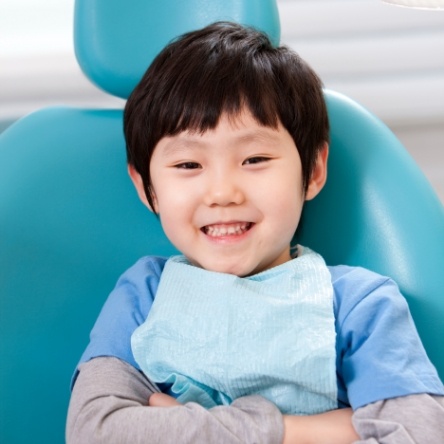
According to the American Dental Association, children should have their first dental visit six months after their first tooth erupts and no later than their first birthday. While it’s likely that their first tooth will have erupted by then, you don’t want to put off their first visit just because it hasn’t yet.
The reason visits need to start this early is because once a tooth erupts, it’s susceptible to decay. Many parents don’t realize that baby teeth are essential to oral development. If one or more teeth become decayed and fall out prematurely, their permanent teeth could erupt too soon and cause issues with neighboring teeth, although this is more of an issue once they already have multiple baby teeth.
What to Expect During My Child’s First Visit
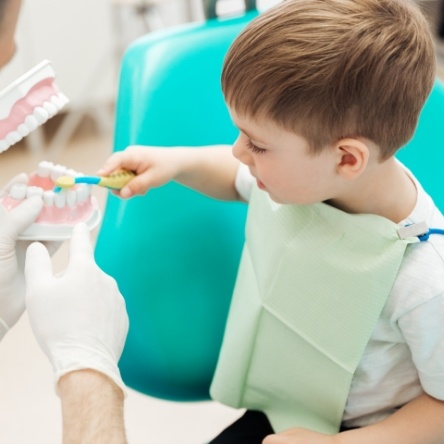
You and your child can relax when it comes to their initial visit. Unlike future visits, which will include a more substantial treatment (such as cleanings), the initial visit is meant to make your child as comfortable as possible. Making a good first impression is incredibly important, especially for young children.
During the visit, Dr. Rana will take a brief look inside your child’s mouth. You’ll be able to hold your child on your lap during the exam, so they remain comfortable. The rest of the visit is meant to provide you with important information not just on future preventive care at the office but also on at-home oral care.
Kid-Friendly Dental Care
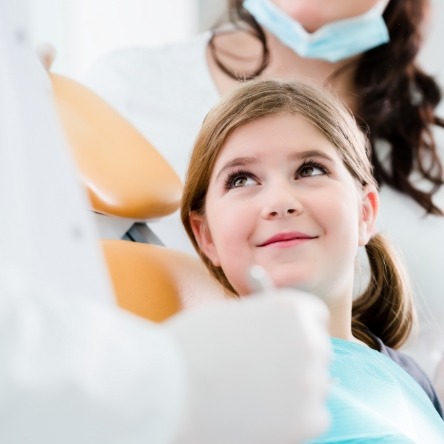
As your child ages, they’ll be able to benefit from treatments designed to protect their developing mouths. Two of the most common treatments include dental sealants and fluoride varnishes.
Dental Sealants
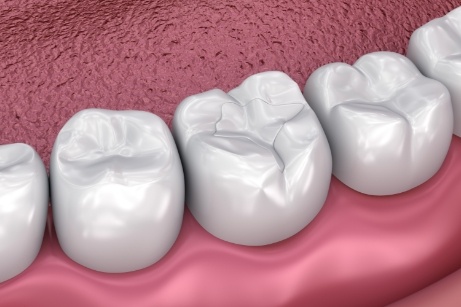
Dental sealants are a great way to protect your child’s teeth as they practice their oral care. Sealants are made up of composite resin, a mixture of glass and plastic that can be thinly applied to the surface of teeth. They create a clear barrier between teeth and the rest of the mouth and are particularly ideal for protecting molars. Since molars have very deep pits for food to get caught in, they are more susceptible to decay than neighboring teeth.
Fluoride
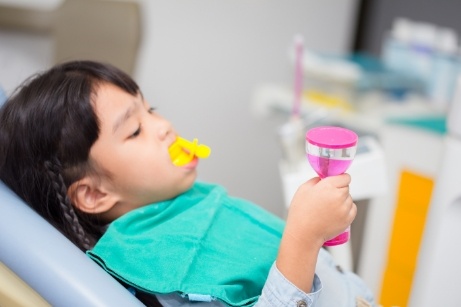
Fluoride is an essential mineral for protecting and strengthening teeth, especially in children. While fluoride is found in many substances, from the foods we eat to the tap water we drink, it’s also found in all dental offices. Dr. Rana recommends all children get a fluoride varnish at least once a year to make teeth strong and provide additional protection from tooth decay.
Pulp Therapy
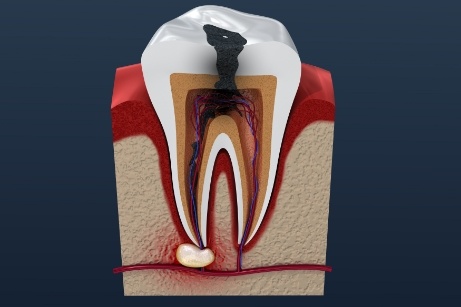
Pulp therapy is commonly used when a child complains of intense tooth pain, and it is caused by a serious infection. When bacteria reach the pulp of a tooth – the sensitive innermost layer, it requires immediate treatment to minimize the potential spread. By removing part or all of the child’s pulp, we can eliminate the infection and the cause of pain while also saving the tooth from possible extraction.
At-Home Tips for Oral Health
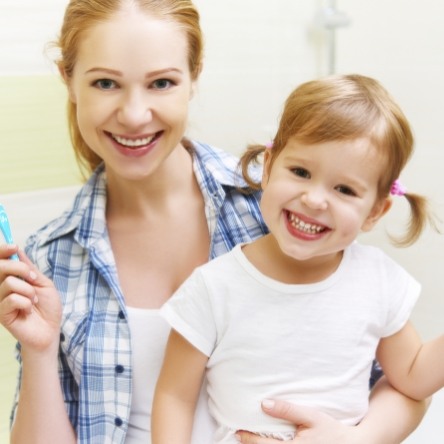
Oral care will need to change as your child develops, but it’s still a relatively simple process. For children three years of age and younger, we recommend:
- Using a moist washcloth or moist gauze pad to clean their mouth as you wait for teeth to erupt
- Brushing their teeth twice a day with a child-sized toothbrush
- Using no more than a grain of rice-sized amount of toothpaste
- Flossing as soon as two teeth touch
Once they are three to six years of age, we recommend:
- Using a pea-sized amount of toothpaste
- Brushing twice a day, eventually allowing them to brush on their own
- Teaching them the proper use of mouthwash
